Fabulous Golf in New Zealand
/Terri and I have just returned from an incredible two weeks in New Zealand. I must say that when we departed on the trip I was expecting the golf to be good, but not much more. How wrong I was! I was truly blown away with not only the quality of the golf courses (design and shot-making), but also the scenery and conditioning.
Coronet at Millbrook
We started on the South Island at Millbrook. Here we played the Coronet and Remarkable nines as there are 27 holes available. Conditioning and scenery was superb and the consensus was that everybody preferred the Coronet nine. A good idea here is to tee it up relatively early and then drive 5 minutes up the road for a fantastic lunch at Amisfield Winery.
Our second course on the South Island was Jack's Point. This is the most beautiful golf course I've ever played. Not only is it beautiful, but it's a top notch layout too. A true 360º course - look in any direction, on any hole, and you'll see incredible beauty. Our group literally couldn't get enough of Jack's Point and this was the course of the trip for me.
Jacks Point
We then moved to the North Island where the next round we played was at the mighty Kinloch Club. Our weather was perfect and we just about had the course to ourselves. A Jack Nicklaus design with a definite linksy feel to it - Kinloch delivered the goods and more. I loved how the fairways incorporated the humps and bumps and the whole look and feel of the course was interesting. The golf course is fantastic, but the Lodge at Kinloch might even be better. Contemporary accommodations along with world-class cuisine is tough to beat.
Kinloch Club
The day after Kinloch we ventured to Wairakei Golf Club. While the weather was a little dreary during our time there, I was pleased to see how many of the golfers in our group enjoyed the course. Wairakei is a "proper" golf course as I like to say and there was not a single hole out there that I wouldn't want on my home course. I did feel it was a little too big for the ladies as the ladies tees were not forward enough. Fabulous golf course that I could play everyday.
The course our group was most excited to play was definitely Cape Kidnapper's. Unfortunately we had horrible weather for our round there, but we all gained a sense of how much fun this course could be on a pleasant day. We caught glimpses of the stunning scenery and it seemed to whet our appetite to return one day and appreciate all this beautiful site has to offer. Beautifully designed by Tom Doak, Cape Kidnapper's allows for the influence of weather and wind without becoming too challenging. I wrote in the guest book, "A very enjoyable and wise design!" Cannot wait to get back.
The back nine at Cape Kidnappers
Each of the courses we played had exceptional practice and warm-up facilities and the staff were always friendly and accommodating. In fact at Kinloch, our lead group finished early and Paul, one of the pros, invited them to go out and play a few extra holes. This spirit of hospitality was everywhere in New Zealand and as a result we cannot wait to get back. Here are a few details regarding our trip next year...
For information on our trip to New Zealand in February 2018 please email Terri at terri(at)syncexcursions.com







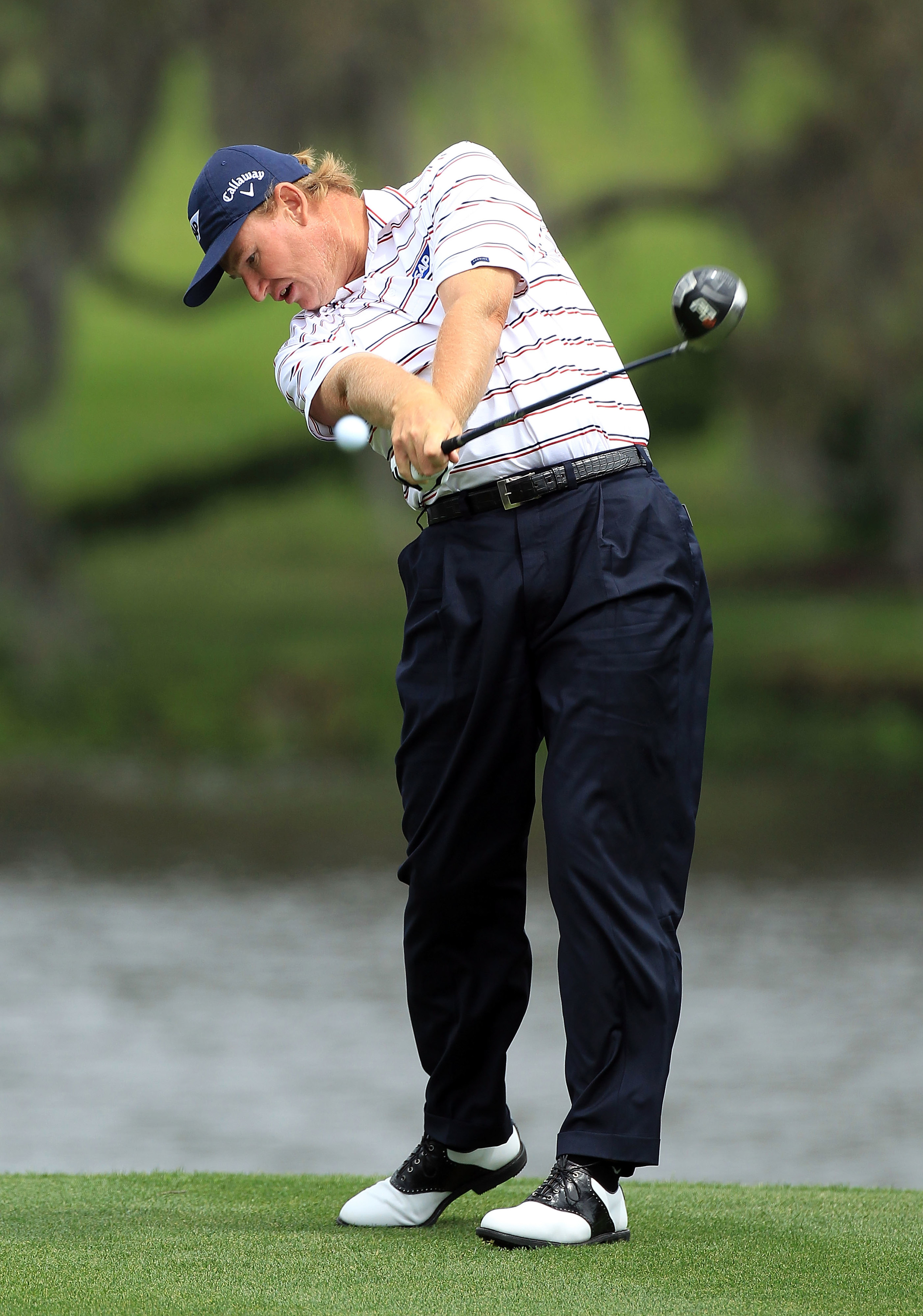
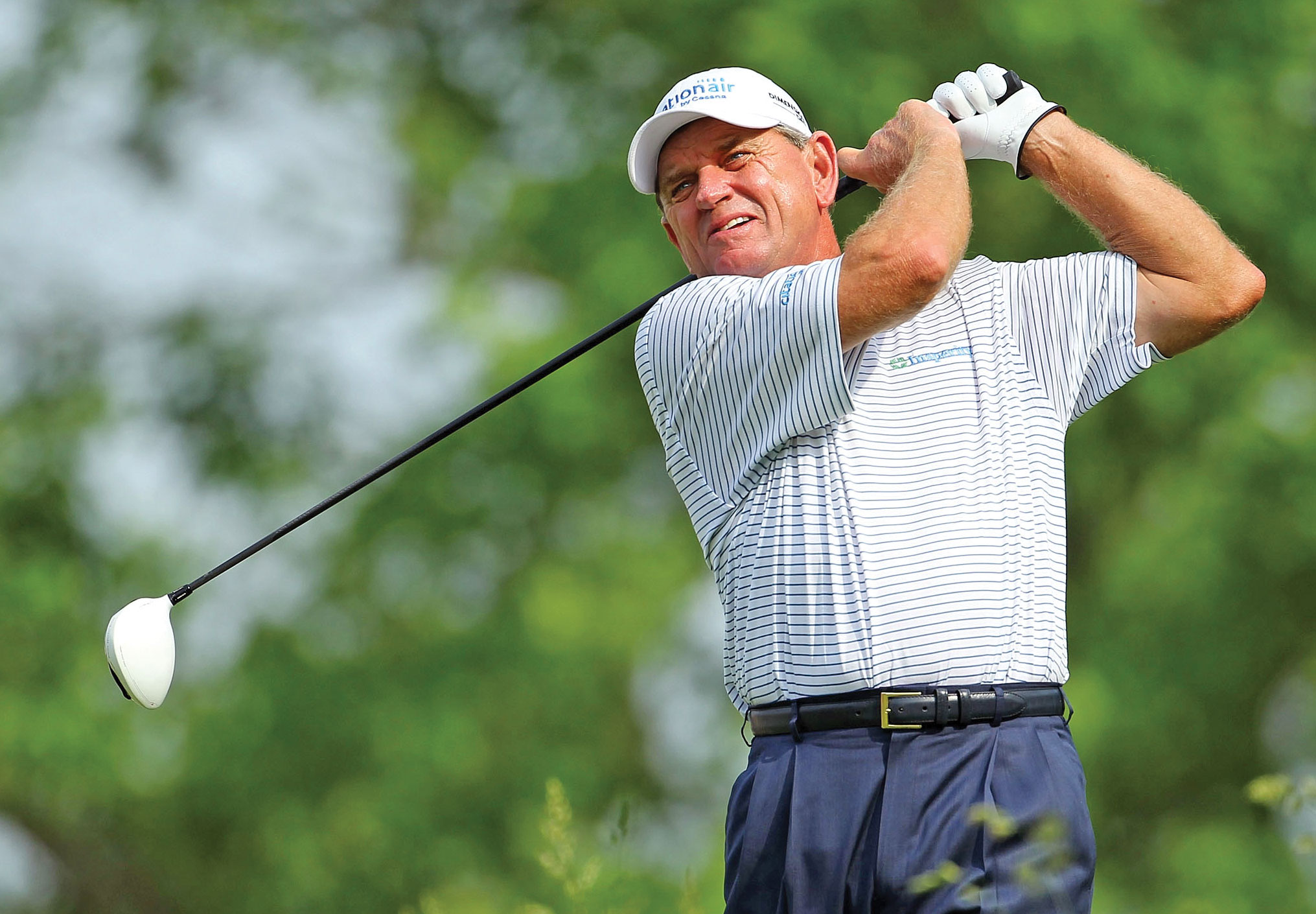
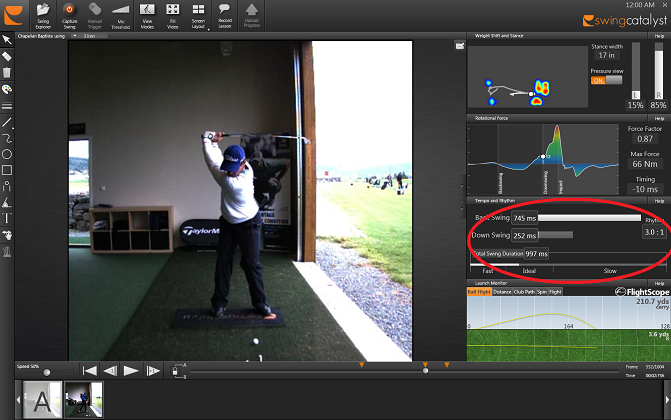

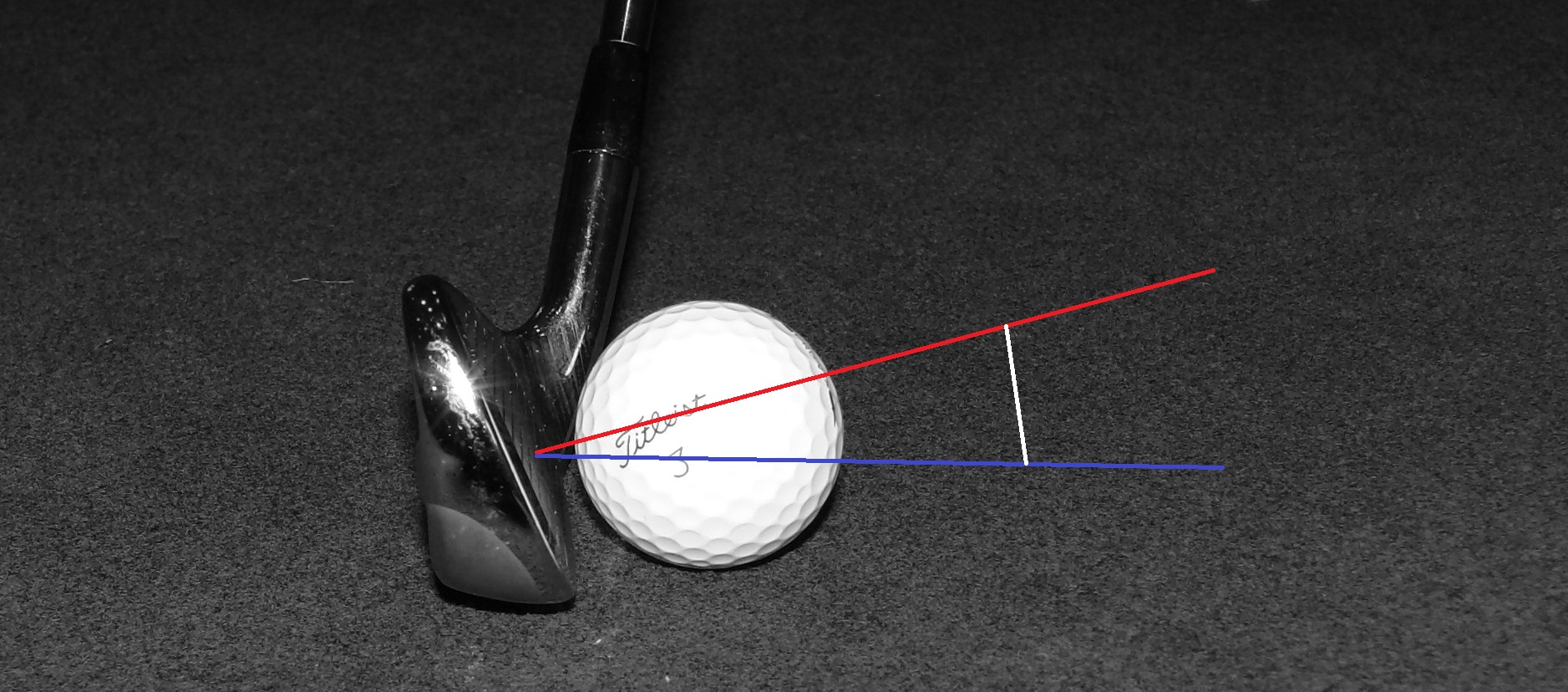
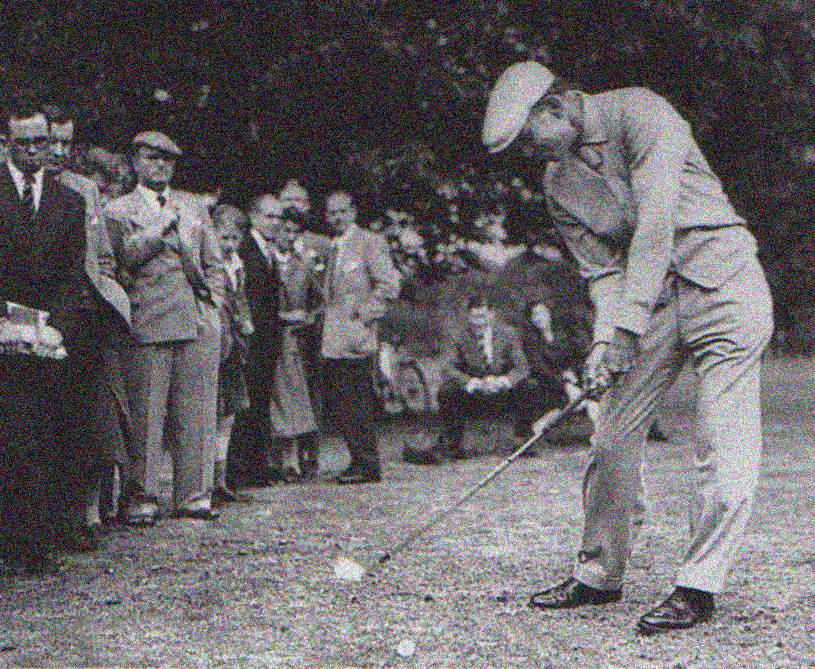
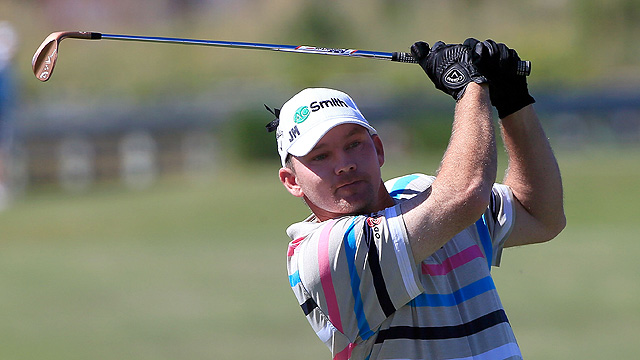

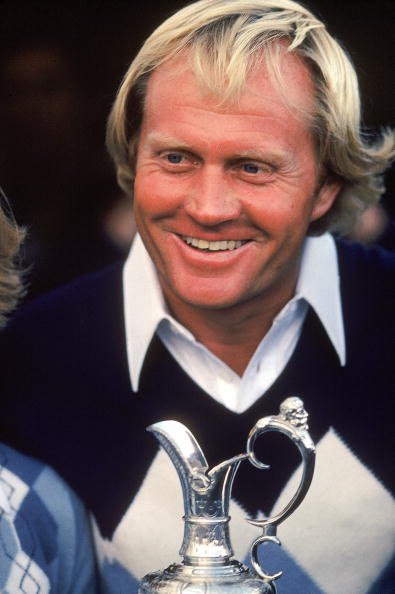
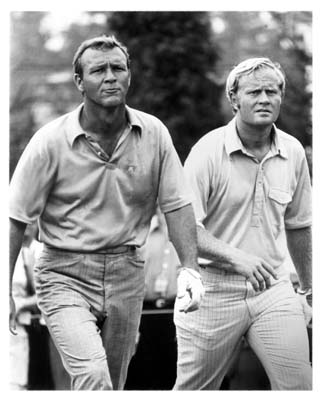

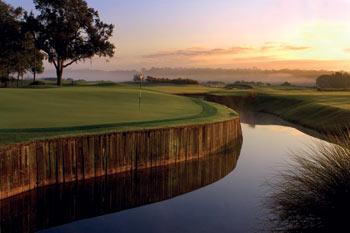

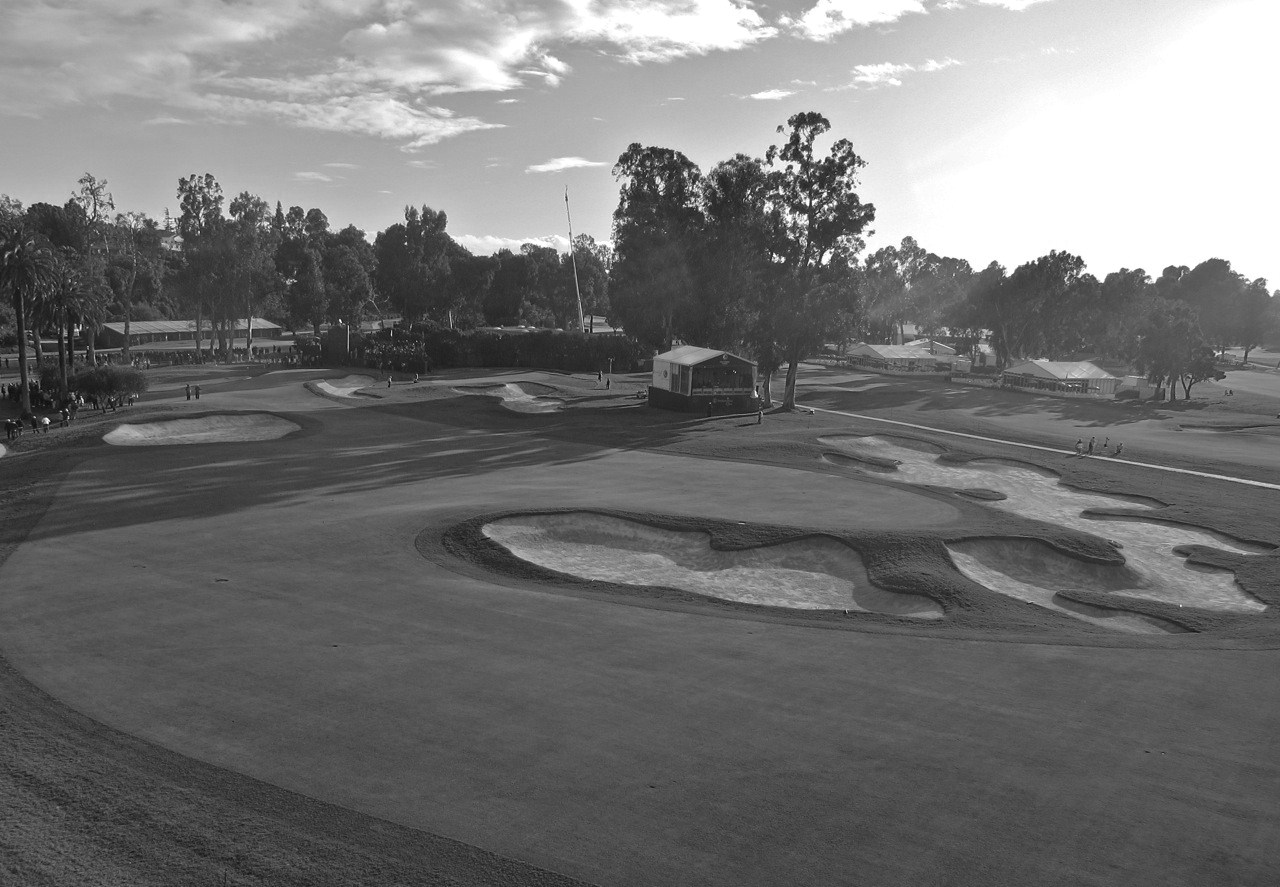 Having had the opportunity to watch the majority of the NBC broadcast over the weekend I was very impressed with the
Having had the opportunity to watch the majority of the NBC broadcast over the weekend I was very impressed with the 

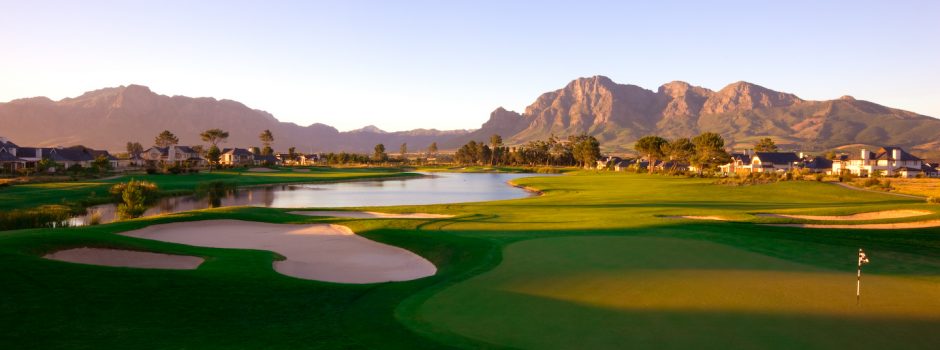 South Africa has so much to offer, but for the golf fanatic and wine connoisseur there is no better, or more scenic, place in the world! Our destination is Cape Town with stunning Table Mountain, it's mix of classic and modern styled golf courses and the beauty of the surrounding vineyards.
South Africa has so much to offer, but for the golf fanatic and wine connoisseur there is no better, or more scenic, place in the world! Our destination is Cape Town with stunning Table Mountain, it's mix of classic and modern styled golf courses and the beauty of the surrounding vineyards.





